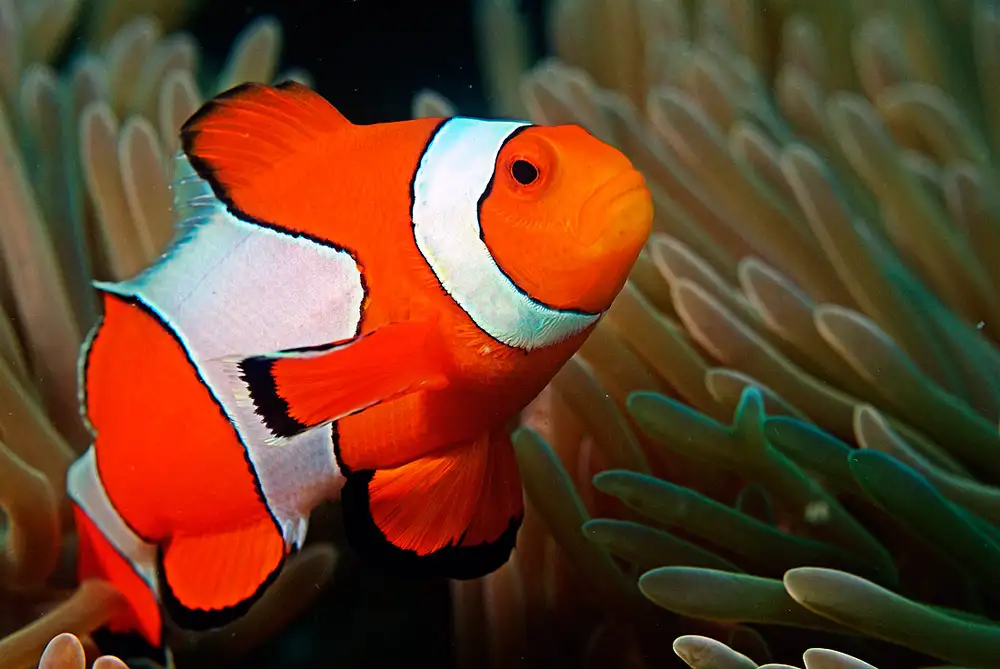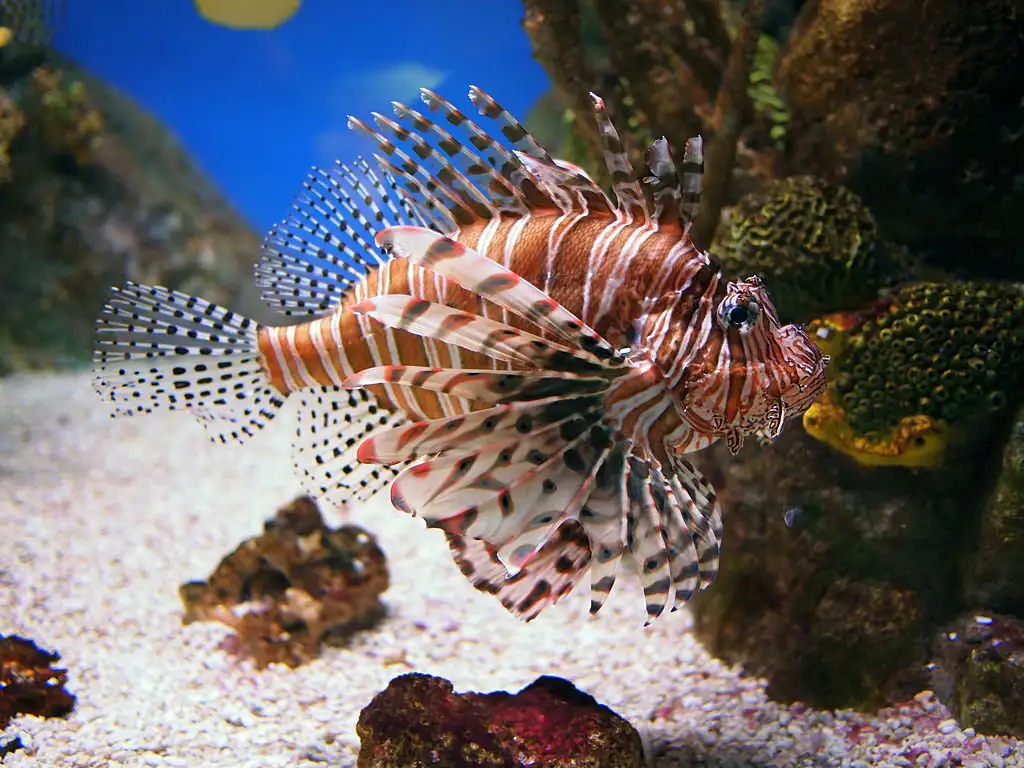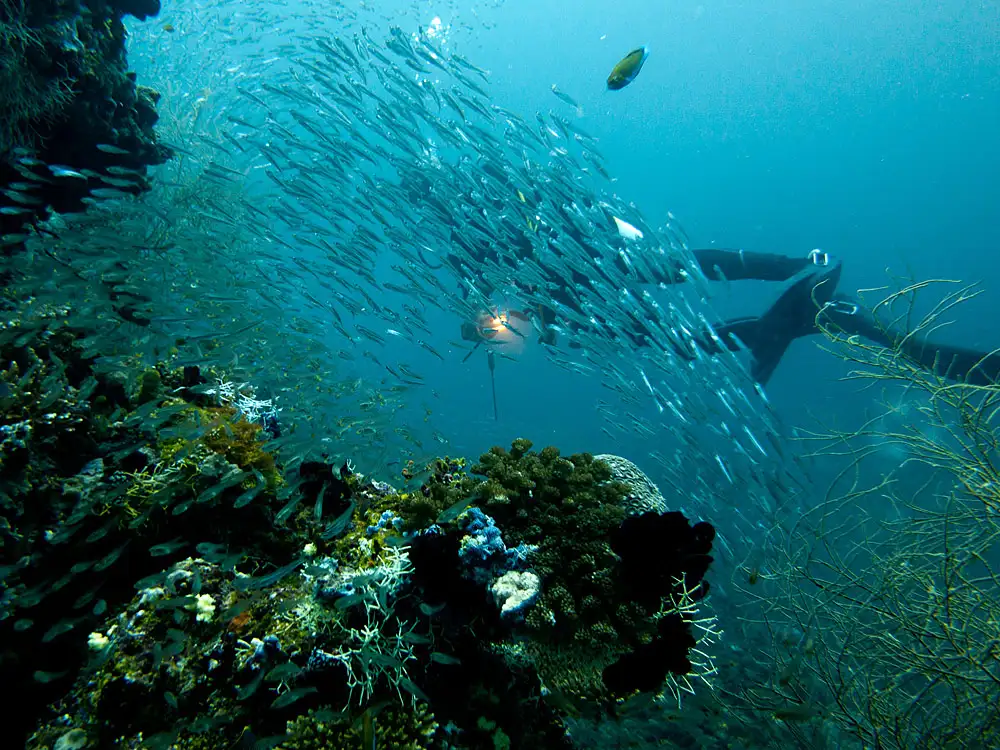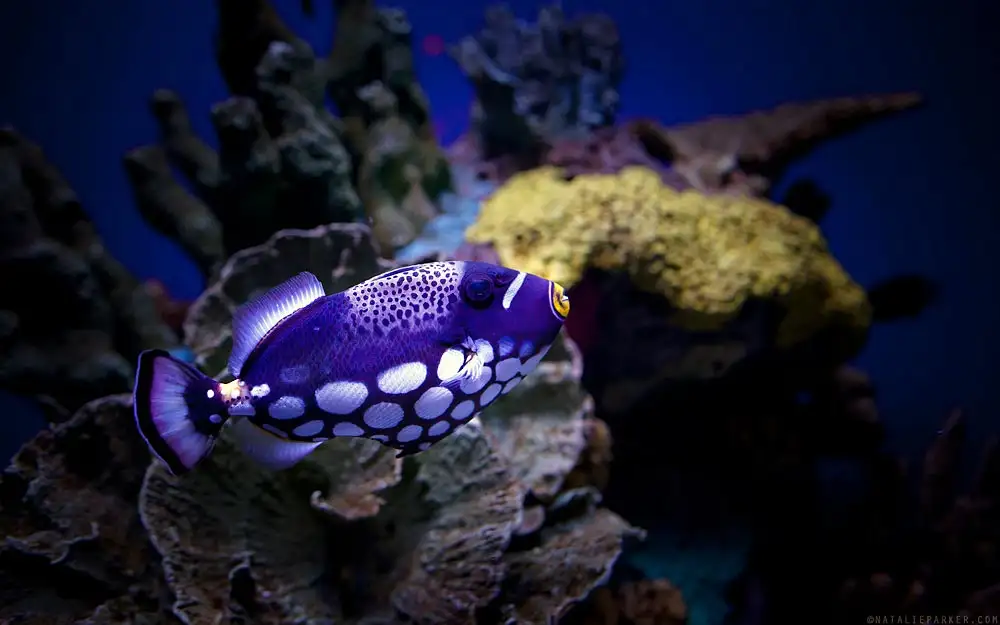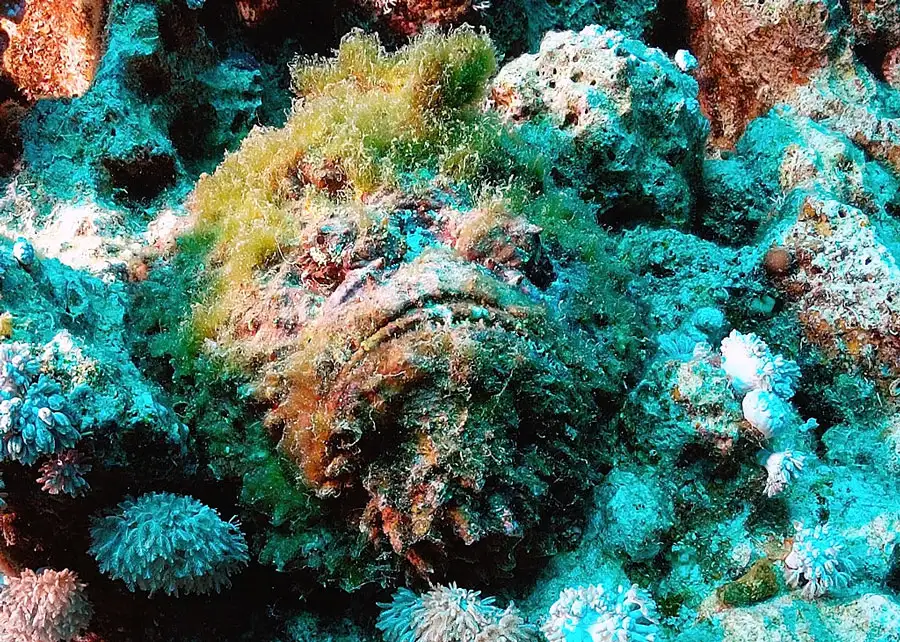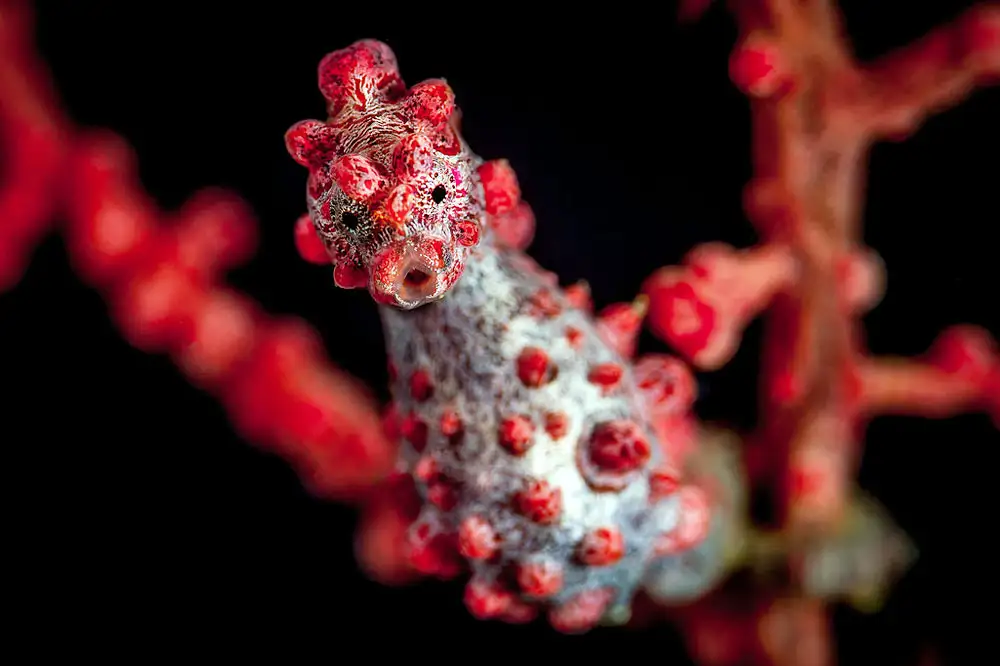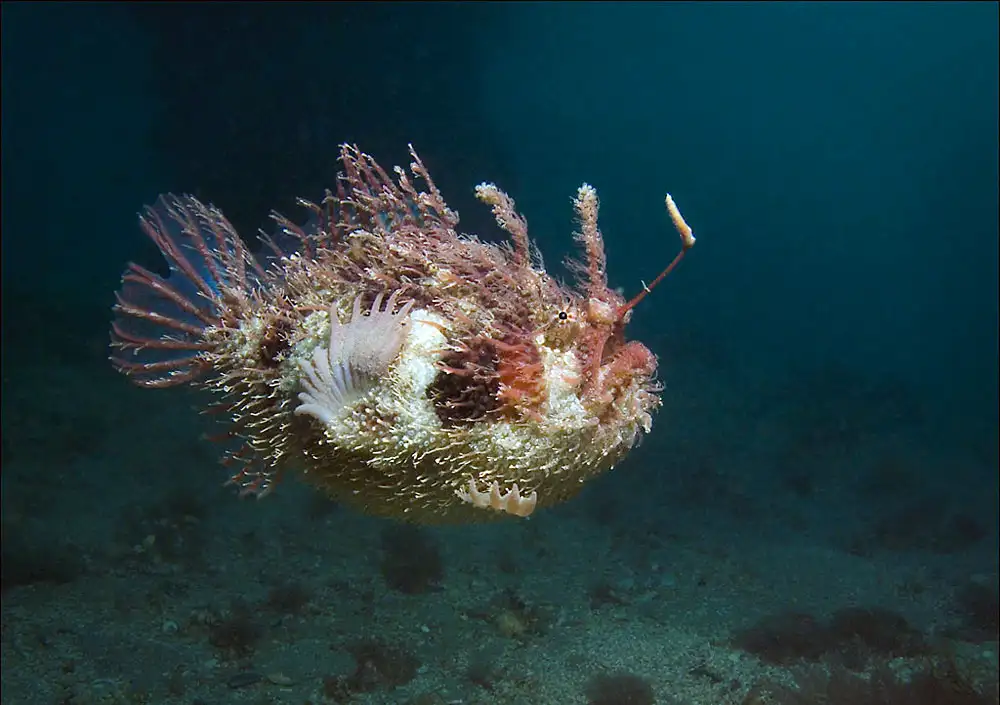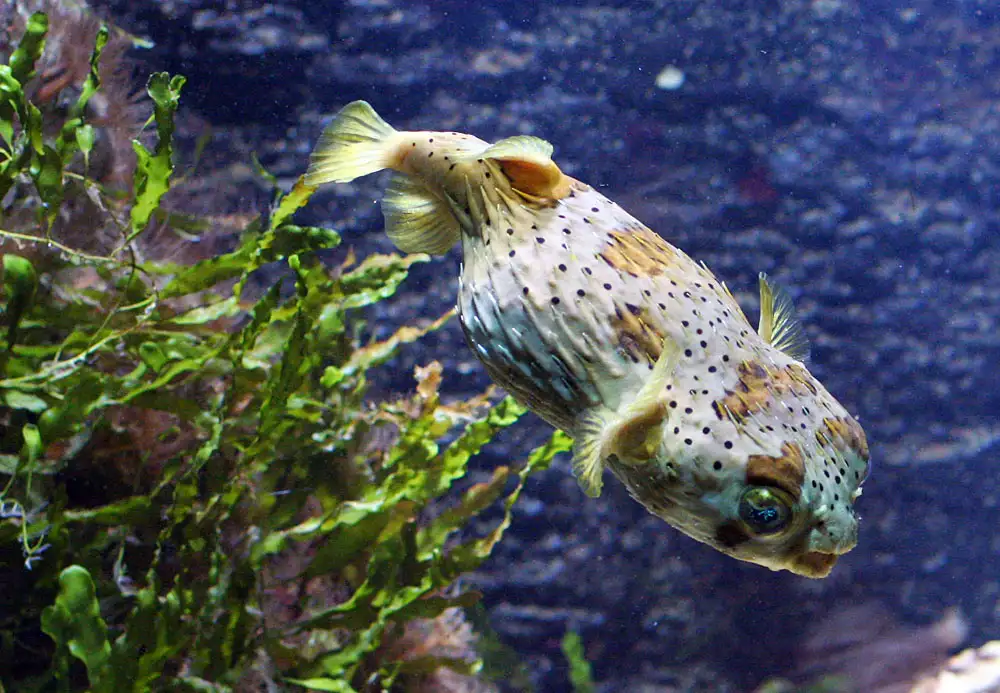Stenodus leucichthys nelma
IUCN
LCBasic Information
Scientific classification
- name:Stenodus leucichthys nelma
- Scientific Name:Stenodus leucichthys nelma,Whitefish, Whitefish
- Outline:Small fish
- Family:Salmoniformes Salmonidae Salmo
Vital signs
- length:About 60 cm
- Weight:2.5kg and above
- lifetime:No verification information
Feature
Similar to salmon, but with underdeveloped teeth, a small mouth, large round scales, dark grey back and white belly.
Distribution and Habitat
The northern salmon is widely distributed in the rivers of the Arctic Ocean from northwestern Europe to the east to the Mackenzie River in North America. In my country, it is only distributed in the waters below Burqin in the Irtysh River in Xinjiang. Due to the constraints of geographical conditions, the northern salmon has formed two ecological types with great differences in ecological characteristics, namely the river type and the semi-migratory type. The population distributed in the lower reaches of the Irtysh River in Xinjiang, my country, belongs to the river type. It lives in rivers all its life, and older fish mostly live in the upper reaches of the river, while younger fish mostly gather in the lower reaches of the river. The semi-migratory (estuarine) northern salmon hibernates at the estuary during the ice period, and enters the river after the river water thaws.
Appearance
The body is long and flat. The caudal peduncle is short. The snout is not prominent. The eyes are lateral and slightly high. There is a fat eyelid in front of the eye. The interorbital space is wide and flat. The mouth is anterior, and the lower jaw is slightly longer than the upper jaw. The posterior end of the maxilla reaches below the posterior edge of the pupil. The teeth on the upper and lower jaws, vomer, palatine bones and tongue are weak. The nostrils are located in front of the eyes and close to the eyes, and the anterior nostrils are relatively large. The gill openings are lateral. The pseudogills are degenerate. The gill rakers are well developed outside, and the gill cover membrane is not connected to the isthmus. The body is covered with large round scales, and the chest scales are smaller. The lateral line is median and complete. The first branched fin ray of the dorsal fin is the longest. The adipose fin is small. The base end of the anal fin is approximately opposite to
Details
Stenodus leucichthys nelma belongs to the genus Stenodus of the family Salmonidae in the order Salmoniformes. In my country, it is mainly distributed in the waters below Burqin in the Irtysh River in Xinjiang. In the 1960s, it was the main target of fishing in the Irtysh River.
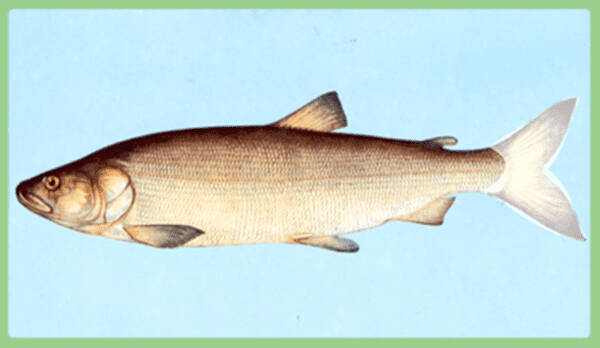
In the lower reaches of the Irtysh River in Xinjiang, my country, there grows a river-type northern salmon (also called long-jawed whitefish). This fish is large and generally weighs more than 2.5 kg. They are similar to salmon, but their teeth are not well developed, their mouths are small, and they have large round scales. Their backs are dark gray and their abdomens are white. Northern salmon grow quickly and generally reach sexual maturity at the age of 3. They migrate upstream in autumn every year for reproduction. The northern salmon lays its eggs in a river section without weeds, with a slow current, a water depth of 3 to 4 meters, and a gravelly riverbed. The eggs are yellow in color and large in size. The hatched fry swim downstream into the middle and lower reaches of the Irtysh River and the Ob River in Russia to grow and fatten. The young northern salmon feed on plankton, while the adults feed on benthic organisms. In the second year, they feed on fish and become ferocious carnivorous fish.
The main reasons for the serious decline of northern salmon resources are: (1) The Irtysh River has been in a dry state in recent years, especially during the spawning season, when the water volume is extremely small and the spawning broodstock cannot go upstream; (2) In order to solve the problem of agricultural irrigation water, Russia opened a diversion canal in the middle and lower reaches of the Irtysh River, resulting in a decrease in the amount of water flowing from the Irtysh River into the Ob River, affecting the spawning of northern salmon; (3) Excessive fishing of broodstock has led to a large reduction in the replenishment population.
Listed in the second level of the List of National Key Protected Wildlife in China.
Protect wild animals and stop eating game.
Maintaining ecological balance is everyone's responsibility!

